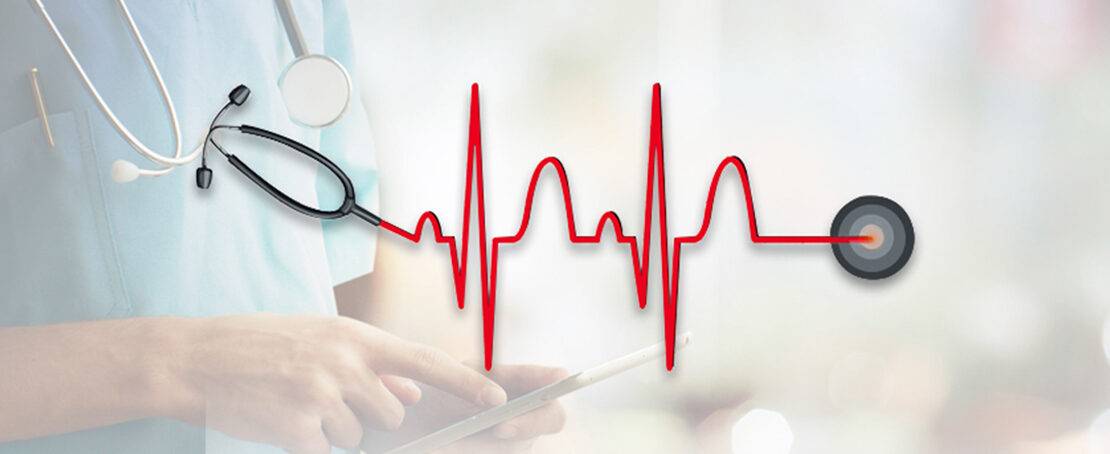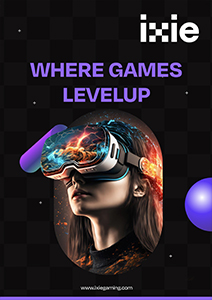- May 2, 2019
- Posted by: Abhimanyu Sundar
- Category: Data & Analytics

n 2019, we find ourselves on the edge of a changing landscape with respect to technology and innovation in the healthcare space.
Automation of repetitive manual tasks and improved decision making has been made possible with solid advances being made in artificial intelligence, natural language processing, robotics and machine learning.
Check out our Advanced Analytics Services
Read More
Technology vendors and leaders in the healthcare space are witnessing this first hand. Not mere witnessing, big plans to integrate artificial intelligence with next-gen analytics platforms are in place.
This will offer analysts, executives and clinicians amazing actionable insights which will translate all the way from the board room to the point of care.
Below are a few key trends empowered by AI that enable stakeholders in the healthcare gamut.
These stakeholders may range from physicians and patients, to policy makers and executives.
Better care delivery and tailored care at reduced costs
This can be achieved by integrating AI and analytics with electronic health records (EHRs).
The Affordable Care Act has a list of meaningful stipulations which have led to most of the healthcare systems in North America to adopt and invest heavily in EHRs.
The deployment of EHRs have spanned over many years involving a recurring cost over time.
They are not like ERP deployments as seen in other industries. EHRs have helped hospitals create a centralized repository which contain their clinical and financial data.
However, gleaning reliable, and actionable insights for decision making at the perfect time is extremely challenging.
Next-gen analytics platforms are being deployed by the top healthcare organizations today.
These platforms are integrated in their EHR clinical workflows in order to empower the nurses, clinicians and executives at the point of care.
In 2019, this will be bolstered with the added integration of NLP and machine learning algorithms. These algorithms will bring in predictive analytics powered patient risk clustering with the aim of identifying the most at-risk patients.
At risk patients are those who may stay for longer than expected or may be re-admitted within 30 days.
Next-gen analytics combined with ML and NLP will allow clinicians and researchers to detect discrepancies in genomic profiles of newborns and come up with customized treatment protocols.
This will help come up with the right care coordination and clinical care protocols which will result in better quality at a much lower cost and risk.
Wellness communities that are both data-driven and patient created!
The recent explosion of wearable tech gear like the Apple watch, Fitbit and more has resulted in the movement that we term as “Quantified Self”.
This resulted in fitness enthusiasts engaging more and sharing their fitness data within the fitness community in order to stay in shape and be healthy.
These devices have seen brilliant advances in technology as well. The Apple watch has EKG capabilities, Fitbit has the ability to monitor heart rates.
Apart from this, these devices also possess CGMs (continuous glucose monitors) and leading manufacturers of medical devices have their apps on these devices – Examples of these are Apple Health and Tactio Health.
How this helps patients with critical ailments like diabetes, obesity, congestive heart failure etc is by monitoring their vital signs in relation to the ailment and allowing them to bring about fundamental changes in their lifestyle and diet
Patient created communities that are pin-pointed around specific diseases that are chronic in nature, which make use of the data and analytics from wearable tech and devices will evolve in 2019.
This will particularly be centered around diabetes which is also known as the 21st century epidemic.
Alternative forms of treatment and best courses of action including exercise and diet and disease monitoring will be possible to drive wellness for the entire community.
This is a model similar to the one known as – ‘Patients Like Me’. This is a trend that is catching fire and is being accelerated through incentives to stay healthy.
Cost of care and covered patient population can both be reduced significantly by using the latest tech to monitor lifestyle changes.
Beating the North-American opioid epidemic with predictive analytics
An unprecedented opioid epidemic has taken North America by storm. The addiction and abuse of prescriptions meds or similar meds is rampant.
More than 2 million American are addicted to this. In the year 2016, 64,000 deaths were reported due to overdose in the United States. Out of these, nearly 42,000 were had opioid as a drug component.
This meant there were approximately 110 opioid related deaths every day.
Here’s what a leading health journal’s take on resolving this issue was – This epidemic could be tackled head on with the advanced analytics tools that we now have at our disposal.
The first step would be to create a registry for opioid related cases. This registry powered by self-service analytics will provide proper visibility to healthcare providers, policy makers and the public.
States, health organizations and communities will get the real picture as to how rampant the opioid epidemic really is.
Mapping the number of opioid cases in the ERs to the associated opioid coupled with actionable insights from predictive analytics solutions will allow the communities to tackle this epidemic head on.
This will allow for distribution of take-home Naloxone kits to patients and their families to immediately reverse opioid overdose.
If this is done in areas where these cases are extremely high, it would go along way to reducing the number deaths that are resultant of opioid overdose.
Leverge your Biggest Asset Data
Inquire Now
Conclusion
The year of 2019 seems to be a year of great promise and excitement for the healthcare industry when advances in ML, Deep Learning, NLP, Robotics and AI are going to intersect with next-gen data analytics services.
Manual and repetitive processes will be automated, executives will be able to make rapid and informed decisions with actionable and predictive insights at their disposal, business leaders, nurses, clinicians and patients will be able to make informed and better decisions with respect to disease management, healthcare diagnosis, personal wellness and deliver at an unprecedented scale which is yet collaborative.
Excitement is buzzing in the healthcare industry with superior patient outcomes being made possible at lower costs and efficiency and productivity being powered by actionable insights.





